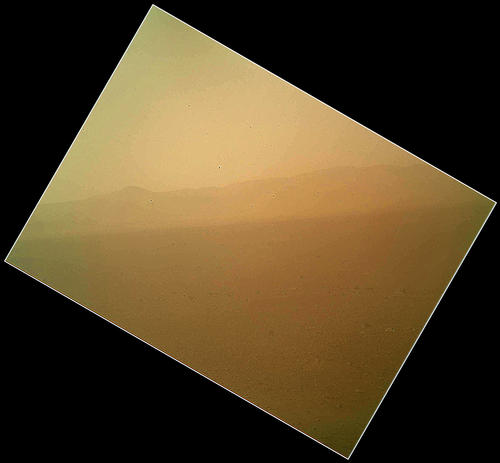I was on pins n needles till earlier Monday morning when I checked the news headlines and saw that Curiosity landed safely. Robotic exploration for the time to be is actually cheap compared to sending man beyond the moon, I saw where 100billion I think would be required to send six people to Mars, compared to 2.5 billion for this mission to pull off like it did at a great start.
It is all in the architecture pursued. A lot of those estimates make a big assumption - you build everything from scratch for the Mars mission and do not reuse technology you have on hand.
To illustrate -
Mars Direct vs Mars Semi-Direct (a variation on Mars Direct)
Mars Direct utilizes a Heavy Lift Vehicle, like the previously mentioned
Senate... I mean Space Launch System, to conduct all of its launches. The first launch of the program is an unmanned Earth Return Vehicle, followed 26 months later by the first manned mission in a Habitat Module. Depending on whether it is a "Flags & Footprints" or actual outpost building program, you might also launch a second ERV with the Habitat Module for the following mission. Basically 1 HLV per year.
SLS's current timeline is 1 launch every 2 years at a program cost of $41B for the first 4 launches (which for a Shuttle-derived rocket makes very little sense - Shuttle's launched 4/year)! (Unit cost is $1.6B) So for two missions, the rockets average $10B each, or 20% of the cost and you haven't even bought other hardware, like the ERV or Habitat Module!
By contrast, lets replace every HLV with 2
Falcon Heavies ($125 Million) and a Falcon 9 (with DragonRider so ~$140M) (or Mars Semi-Direct). Instead of launching direct from Cape Canaveral to Mars, we apply the lessons of the ISS, Mir, and Salyut programs and do some minor LEO assembly (maybe some Mars surface assembly too). Now, the program's launch cost is $390 million/year and its Earth infrastructure cost is shared with other SpaceX customers.
I think $100 Billion is a high guess and based on the cost of the ISS ($150B). Part of the ISS cost was the $1.4-1.5B per Shuttle Launch with 36 Shuttle Launches (or $54B dollars).
Politics in Spoiler
[spoiler]Many of us in the space engineering/advocacy community consider the SLS to be a jobs program. The program's major backers are Representatives and Senators whose districts and states would lose some jobs and Federal programs when the Shuttle was retired and Constellation canceled. Among the engineering community, even those who back a HLV are concerned about the piss-poor launch schedule and the relative ease with which it can be canceled despite Billions being spent on it each year.
The President can easily call out SLS as a jobs program and place the responsibility for it squarely on the shoulders of its predominantly Republican backers.
That is not to say it lacks Republican opposition and the Democrats haven't exactly pushed back on it.[/spoiler]
Edit: Photo.

Edit 2: Another image

My understanding is that the Rover will avoid the Skycrane since it had remaining fuel on-board when it crashed.

 Author
Topic: MSL Lands on Mars 5/6 Aug (Read 7693 times)
Author
Topic: MSL Lands on Mars 5/6 Aug (Read 7693 times)

